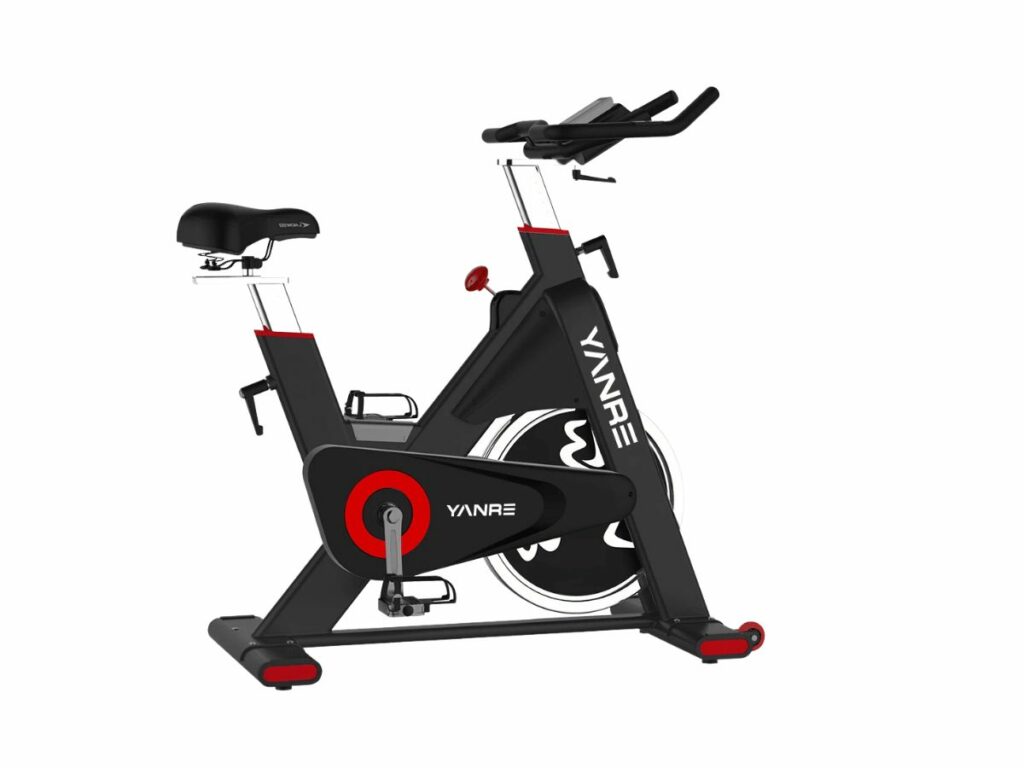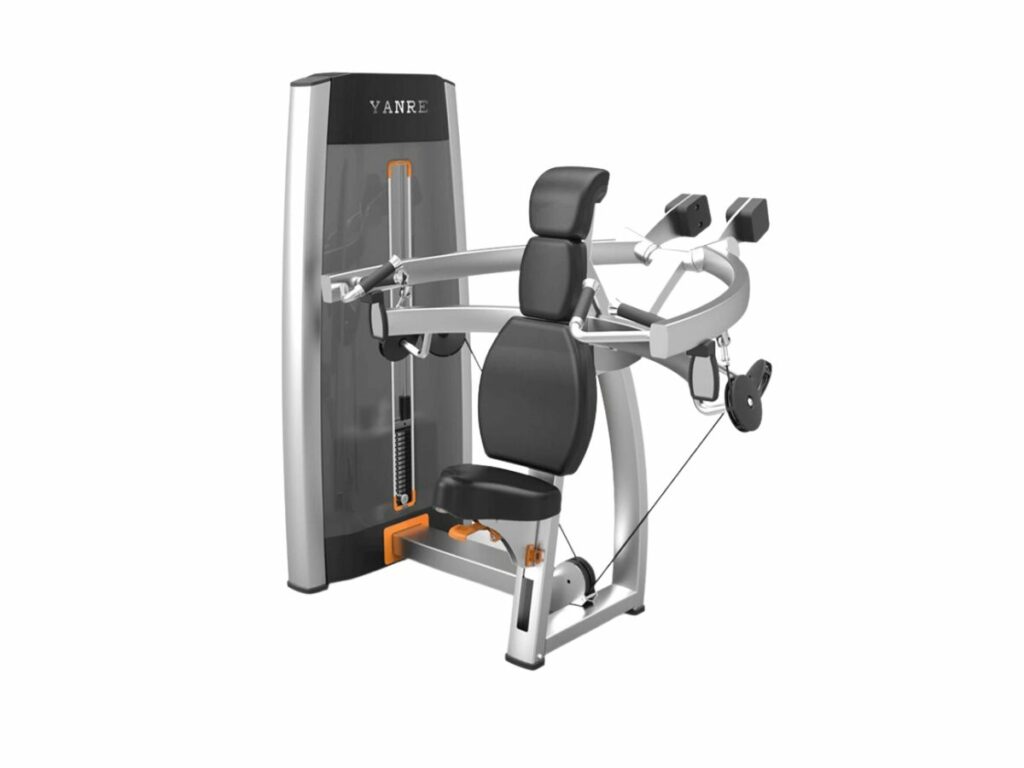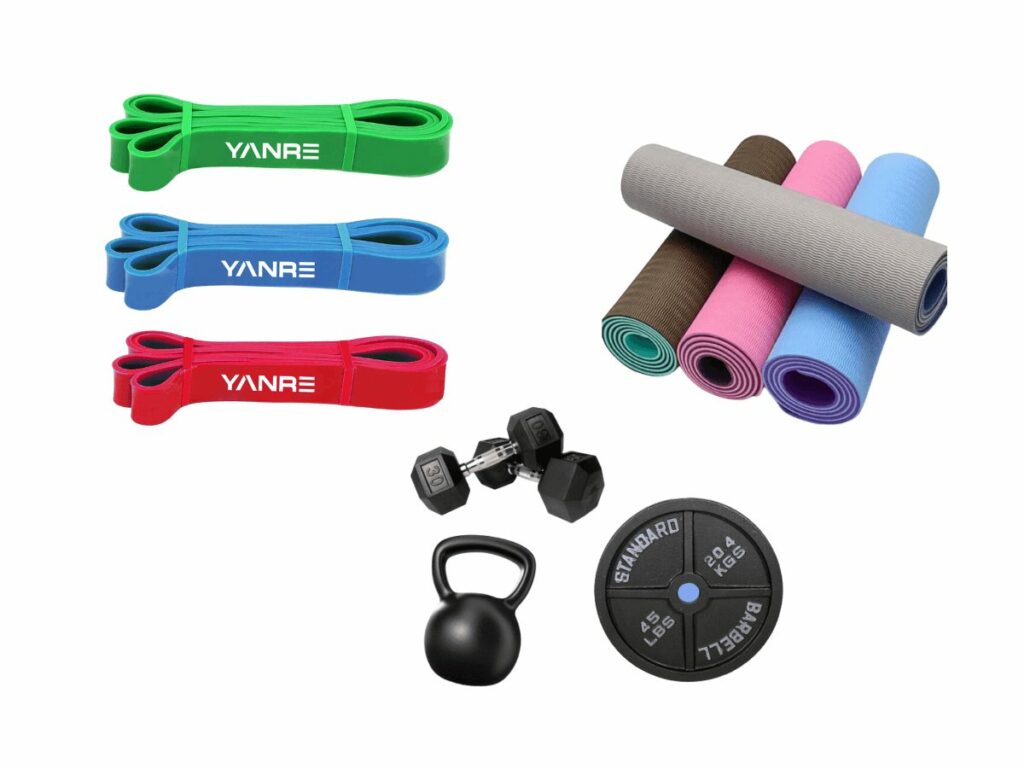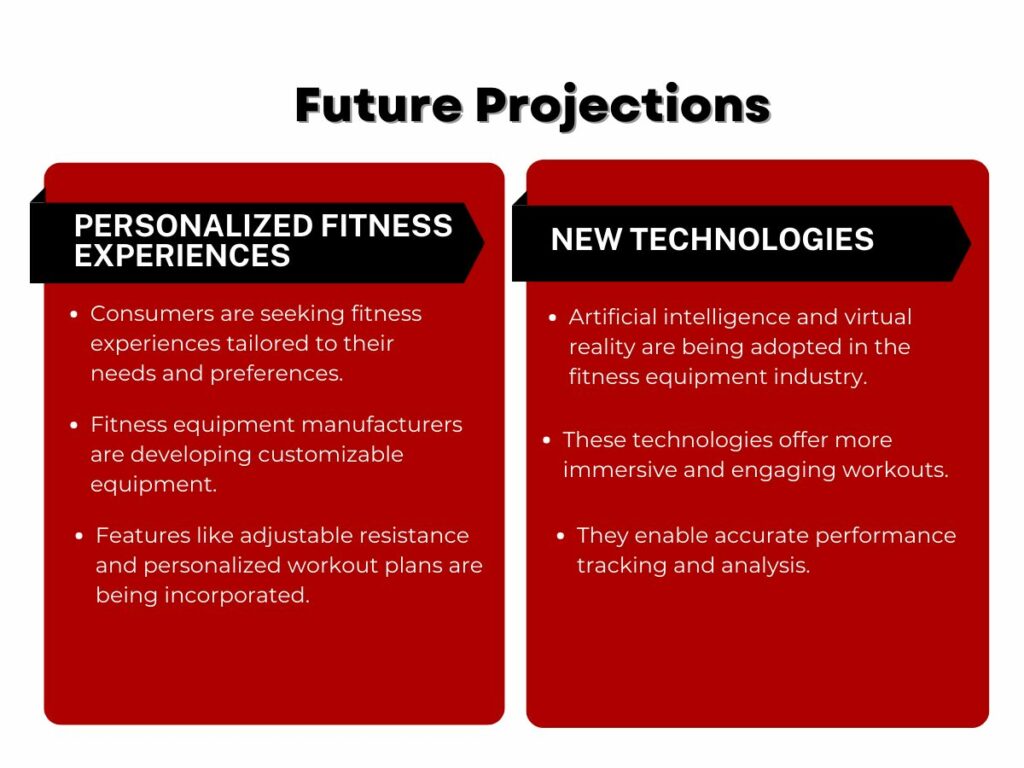Do you ever wonder how the fitness equipment industry is shaping up in the fast-paced world we live in? Well, you’re not alone. Whether you’re a gym owner or fitness enthusiast, understanding the latest trends and projections in the industry can help you stay ahead of the game.
The global fitness equipment market is constantly evolving, leaving gym owners, fitness enthusiasts, and investors with burning questions. In this article, we’ll dive into the latest trends, growth, and future projections of the fitness equipment industry, providing you with valuable insights.
So grab your protein shake, and let’s dive right in!
Table of Contents
1. Introduction to the Fitness Equipment Industry
According to a report by Grand View Research, the global fitness equipment market size was valued at $11.5 billion in 2020 and is expected to grow at a compound annual growth rate (CAGR) of 3.5% from 2021 to 2028. The fitness equipment industry is a thriving market that caters to the needs of fitness enthusiasts, gyms, and health clubs.
As someone who’s been in the fitness industry, the continuous innovation in this industry, driven by consumer demands for efficient and versatile workout options. It offers a wide variety of exercise machines and accessories, from cardio machines to strength training equipment.
2. Market Size and Growth
The global fitness equipment market, which is also crucial when identifying your gym target market, was valued at $11.5 billion in 2019, and it is projected to grow at a CAGR of 3.5% from 2020 to 2027. The rise in health awareness, increasing disposable incomes, and the growing popularity of fitness centers are some of the factors driving this growth.
Additionally, the rise of home workouts during the pandemic has further accelerated the demand for fitness equipment. Here are the considerations to keep in mind when understanding the market size and growth of the fitness equipment industry, especially in the context of gym marketing:
Demographics
Understanding the demographics of your target market is crucial in determining the potential market size and growth. For example, the aging population is a growing demographic that may seek fitness equipment for home use. The increasing number of fitness centers and health clubs worldwide can also impact market size and growth.
Economic Factors
Consumers with higher disposable income may be more likely to purchase fitness equipment for personal use, while gym owners may be more likely to invest in commercial-grade equipment during periods of economic growth. Economic factors such as disposable income, unemployment rates, and GDP growth can also have a significant impact on the market size and growth
Technological Advances
Technological advances can also impact the market size and growth of the fitness equipment industry. With the rise of smart technology, fitness equipment manufacturers have developed machines with advanced features.
Some examples of these features are touchscreens, bluetooth connectivity, and virtual reality. These technological advancements may attract new customers and create additional demand for fitness equipment.
The table provided below displays the prices of fitness equipment in the market.
| Year | Market Size (in billions USD) | Growth Rate (CAGR) |
| 2019 | $11.50 | – |
| 2020 | $11.90 | 3.50% |
| 2021 | $12.30 | 3.50% |
| 2022 | $12.70 | 3.50% |
| 2023 | $13.10 | 3.50% |
| 2024 | $13.60 | 3.50% |
| 2025 | $14.10 | 3.50% |
| 2026 | $14.60 | 3.50% |
| 2027 | $15.10 | 3.50% |
3. Product Segments and Market Share
The fitness equipment industry is comprised of various product segments, including cardiovascular machines, strength training equipment, and other equipment such as weights and yoga mats. Analyzing product segments and market share helps companies understand their position in the market and identify growth opportunities
Cardiovascular Machines
Statista shows that, the treadmill market size worldwide was valued at $2.5 billion in 2019 and is projected to reach $3.6 billion by 2026. Cardiovascular machines such as treadmills, ellipticals, and stationary bikes make up a significant portion of the fitness equipment market.

Strength Training Equipment
Strength training equipment includes machines such as weightlifting machines and free weights. These machines help people build muscle, improve bone density, and increase their overall strength.
With the growing popularity of strength training and bodybuilding, this product segment is a key part of the fitness equipment industry. It’s important for you to offer a wide range of strength training equipment to meet the diverse needs of your customers.

Other Equipment
This product segment includes smaller fitness equipment such as weights, yoga mats, resistance bands, and other accessories. While these products may not be flashy, they play an important role in many people’s fitness routines. Having this numerous fitness equipment, choose Yanre Fitness to provide you with high quality equipment and a machine with a smooth transaction process.

4. Distribution Channels
The fitness equipment industry’s distribution channels include online retail, specialty stores, department stores, and sports stores. Online retail has been the fastest-growing distribution channel in recent years, driven by the rise of e-commerce and the convenience it offers.
Yanre Fitness provides its customers with an online platform to purchase its products, making it easier for gym owners and individuals to purchase equipment.
The Rise of Online Retail
With the increasing popularity of e-commerce, online retail has become one of the fastest-growing distribution channels in the fitness equipment industry, influenced by fitness franchise trends. As consumers increasingly turn to the internet to make purchases, many gym equipment manufacturers are expanding their online presence to cater to this trend.
Specialty Stores and the Importance of In-Person Sales
While online retail is growing rapidly, specialty stores remain an important distribution channel for fitness equipment. These stores often offer a more personalized and hands-on shopping experience, allowing customers to try out equipment before they buy it.

5. Impact of COVID-19
COVID-19 has had a significant impact on the fitness industry, with widespread gym closures and an increased focus on at-home fitness solutions. The fitness equipment industry has also been affected, with disruptions in supply chains and changes in consumer behavior.
Supply Chain Disruptions
The pandemic has exposed the fitness equipment industry’s dependence on global supply chains, with supply chain disruptions affecting manufacturing and distribution. In response, fitness equipment manufacturers are adopting more resilient and agile supply chain strategies, with a focus on local sourcing and production.
Changes in Consumer Behavior
The pandemic has accelerated the shift towards at-home fitness solutions, with consumers increasingly investing in home gym equipment. As a result, the demand for fitness equipment has increased significantly, and the industry is expected to continue growing in the coming years.

6. Future Projections
The fitness equipment industry is expected to experience continued growth in the coming years, with an increasing focus on personalized fitness experiences and the adoption of new technologies.
Personalized Fitness Experiences
Consumers are increasingly looking for personalized fitness experiences that cater to their specific needs and preferences when opening a gym. As a result, fitness equipment manufacturers are developing equipment that offers customization and personalization features, such as adjustable resistance and personalized workout plans.
New Technologies
The fitness equipment industry is also adopting new technologies, such as artificial intelligence and virtual reality, to enhance the fitness experience. These technologies enable more immersive and engaging workouts and allow for more accurate performance tracking and analysis.

Conclusion
In this blog, we explored the fitness equipment industry, including market size, growth, product segments, distribution channels, and the impact of COVID-19. As we look to the future, there are several factors driving growth, but also some challenges that the industry must overcome.
Whether you’re a gym owner or fitness enthusiast, understanding the latest trends and projections in the industry is essential. Do you have any questions or comments about the fitness equipment industry? Please don’t hesitate to contact us, and we’ll be happy to help.
Related articles:








